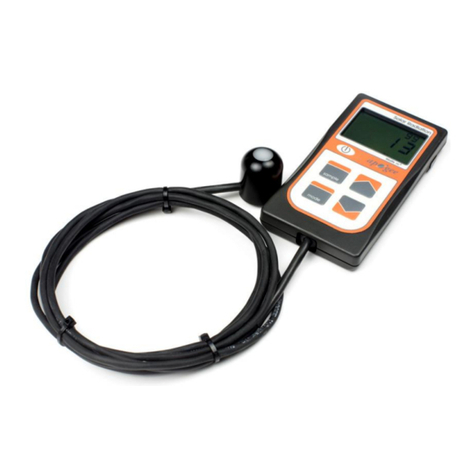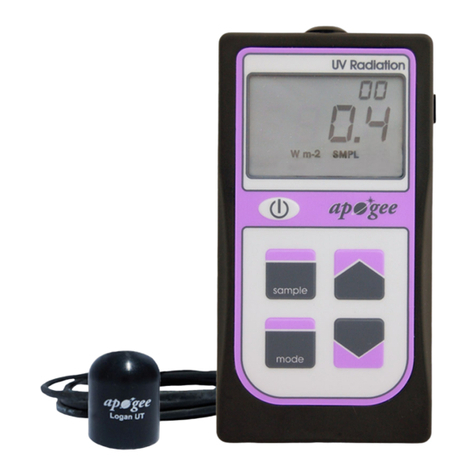Apogee PS-100 User manual
Other Apogee Measuring Instrument manuals

Apogee
Apogee SP-422 User manual
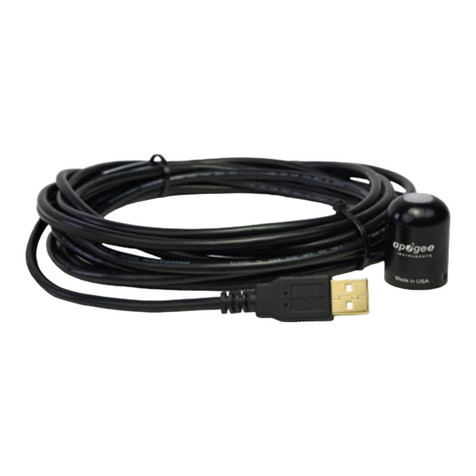
Apogee
Apogee SP-420 User manual

Apogee
Apogee Quantum User manual

Apogee
Apogee MC-100 User manual
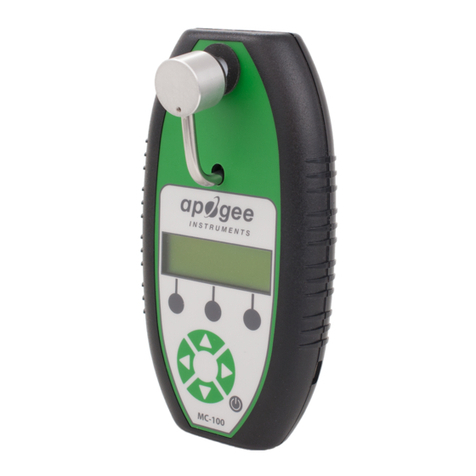
Apogee
Apogee MC-100 User manual

Apogee
Apogee MU-100 User manual

Apogee
Apogee SI-411 User manual

Apogee
Apogee SI-411 User manual
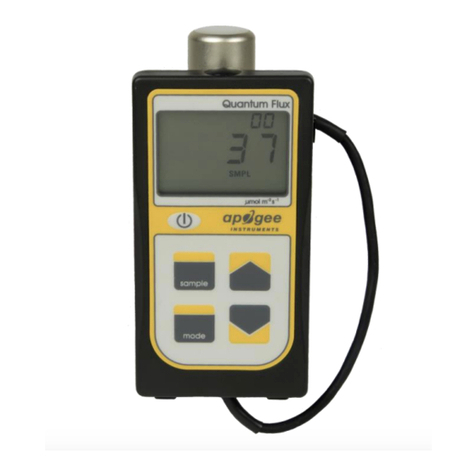
Apogee
Apogee MQ-501 User manual

Apogee
Apogee MO-200 Series User manual
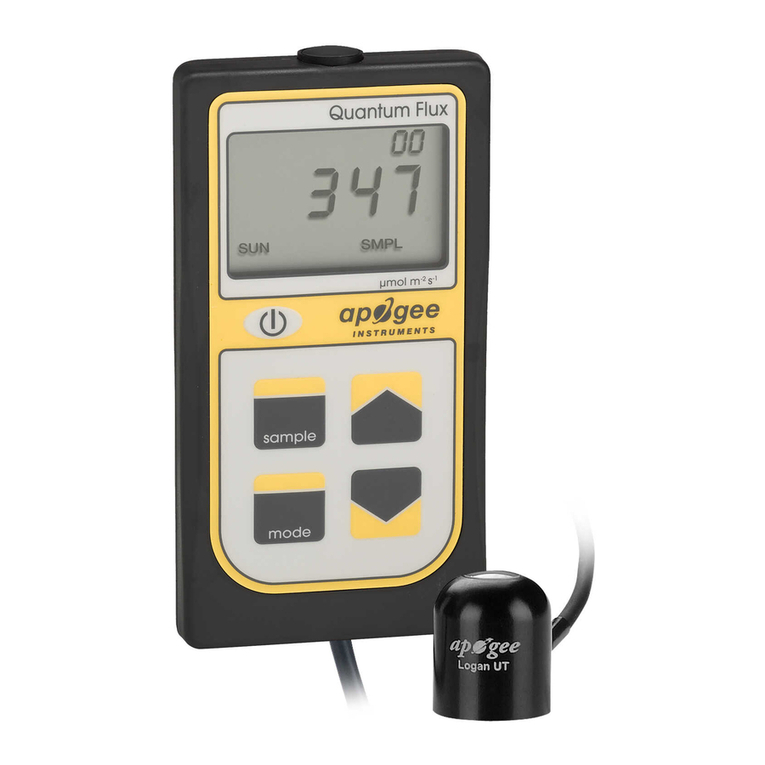
Apogee
Apogee MQX Series User manual

Apogee
Apogee MQ-100 User manual
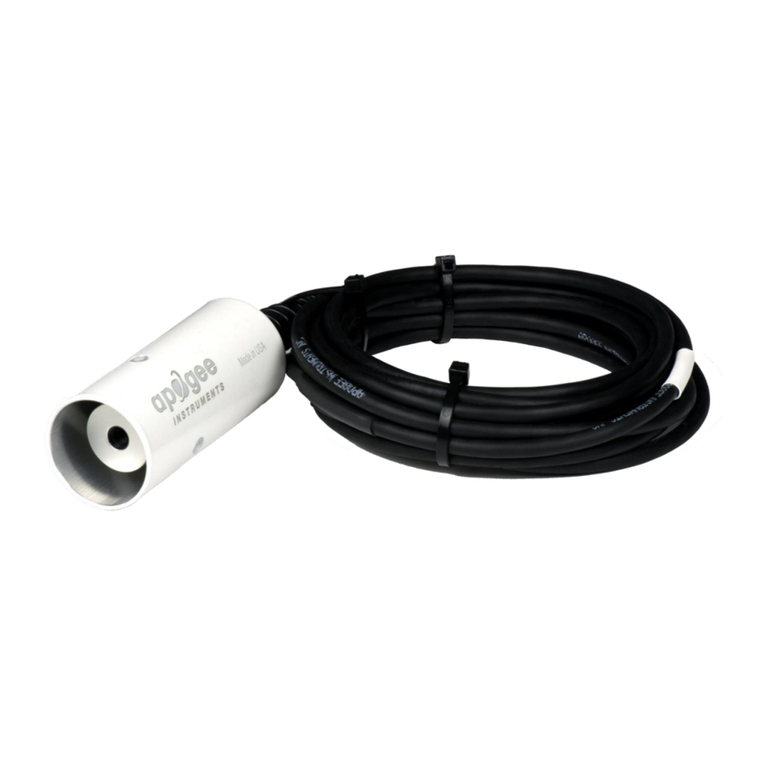
Apogee
Apogee SI series User manual

Apogee
Apogee 21054010 User manual
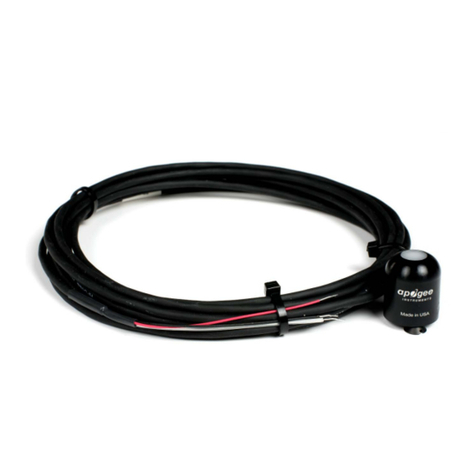
Apogee
Apogee SP-110 User manual
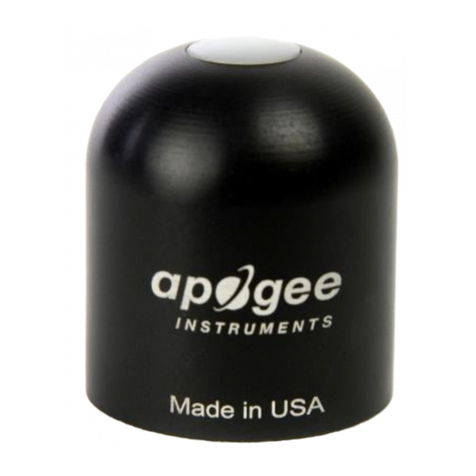
Apogee
Apogee SP-212 User manual
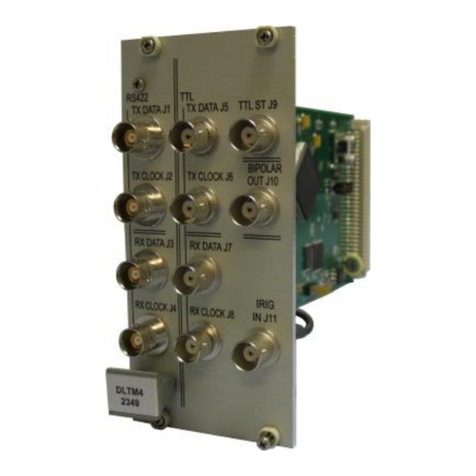
Apogee
Apogee 2349 DLTM4 User manual

Apogee
Apogee MC-100 User manual

Apogee
Apogee MC-100 Instruction Manual

Apogee
Apogee SIL-411 User manual
Popular Measuring Instrument manuals by other brands

Powerfix Profi
Powerfix Profi 278296 Operation and safety notes

Test Equipment Depot
Test Equipment Depot GVT-427B user manual

Fieldpiece
Fieldpiece ACH Operator's manual

FLYSURFER
FLYSURFER VIRON3 user manual

GMW
GMW TG uni 1 operating manual

Downeaster
Downeaster Wind & Weather Medallion Series instruction manual

Hanna Instruments
Hanna Instruments HI96725C instruction manual

Nokeval
Nokeval KMR260 quick guide

HOKUYO AUTOMATIC
HOKUYO AUTOMATIC UBG-05LN instruction manual

Fluke
Fluke 96000 Series Operator's manual

Test Products International
Test Products International SP565 user manual

General Sleep
General Sleep Zmachine Insight+ DT-200 Service manual
